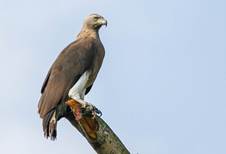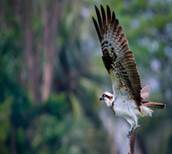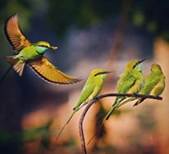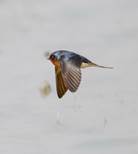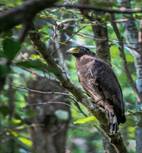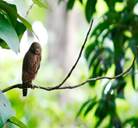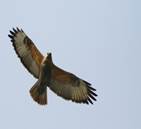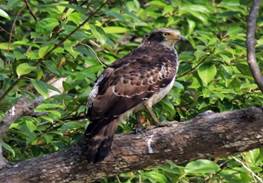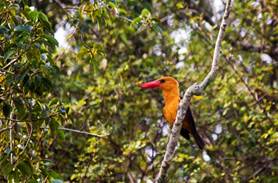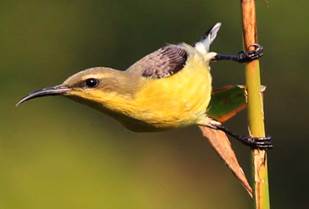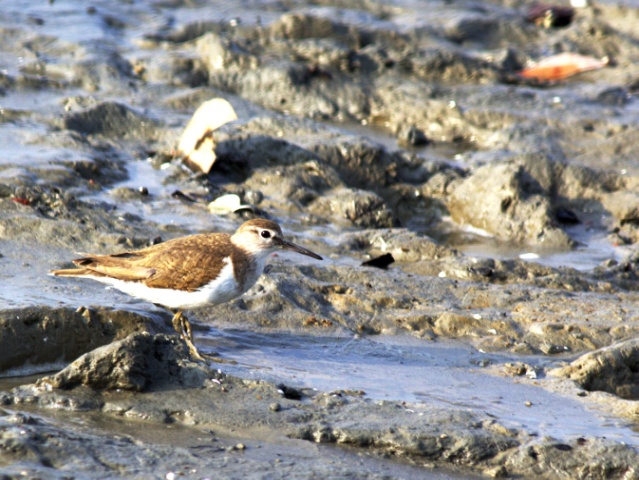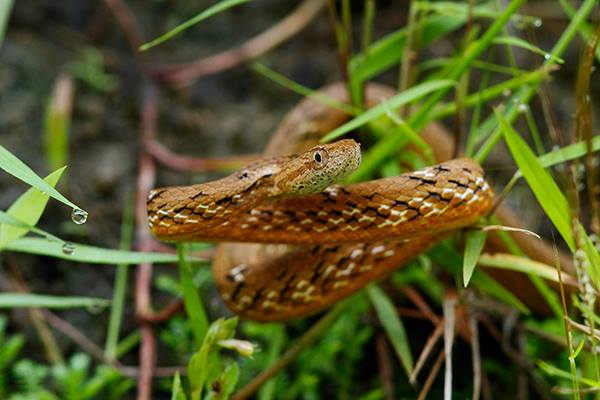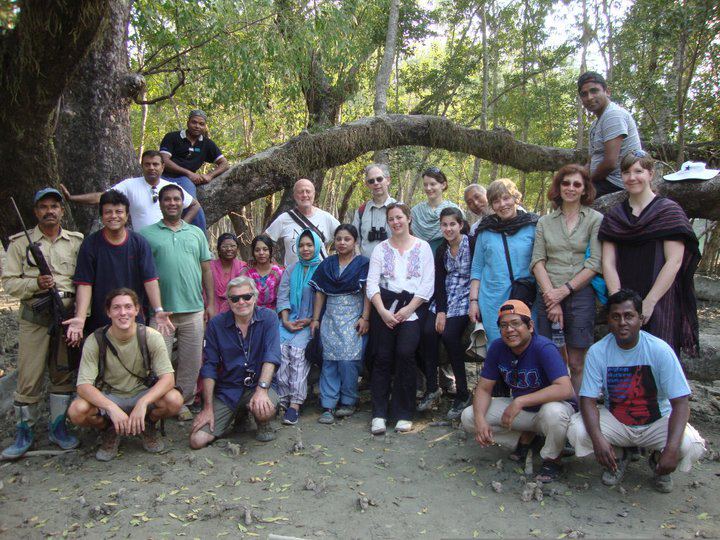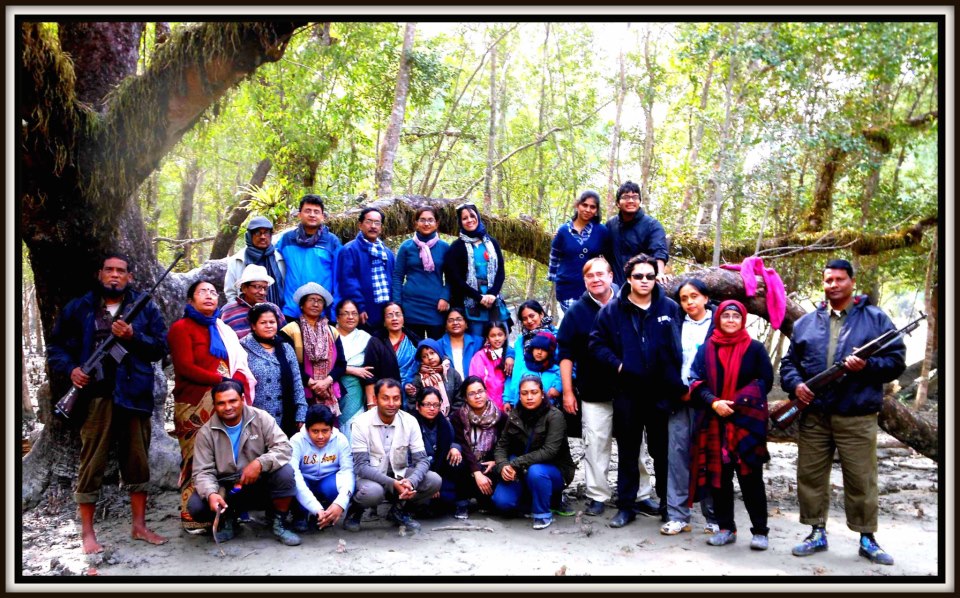Sylhet Tea Garden Tour: Nature, Culture & Green Serenity
Nestled in the northeastern region of Bangladesh, Sylhet stands as a testament to nature’s extraordinary beauty and agricultural heritage.

The Sundarbans Forest, straddling the coastline of Bangladesh and India, stands as the world’s largest continuous mangrove forest and a testament to nature’s remarkable biodiversity. Located in the delta region of the Padma, Meghna, and Brahmaputra rivers, the Bangladeshi portion of this magnificent ecosystem covers approximately 6,000 square kilometers of land area, representing 60% of the entire forest.

The Sundarbans derives its name from the Sundari trees (Heritiera fomes), which dominate the landscape. This intricate network of mangrove forests, mudflats, and small islands creates a complex ecosystem that serves as a natural barrier against cyclones and coastal erosion. The forest’s unique brackish water environment, where freshwater meets seawater, supports an extraordinary variety of flora and fauna adapted to this challenging habitat.
The biological diversity within the Sundarbans is unparalleled. The forest hosts over 334 plant species, including 35 mangrove species, making it one of the most diverse mangrove forests in the world. This verdant ecosystem provides shelter to numerous endangered species, including:
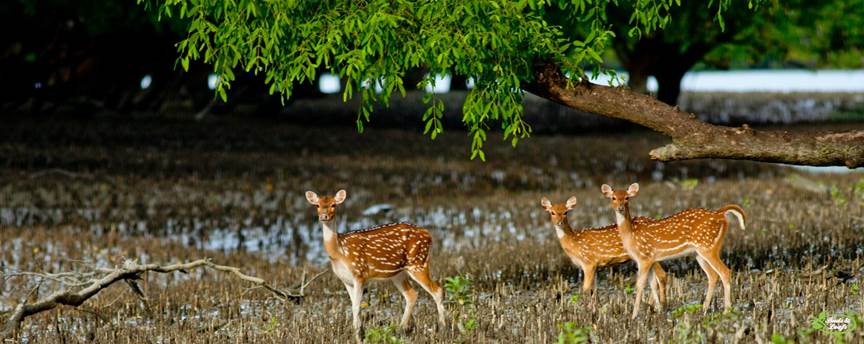
The Sundarbans plays a crucial role in maintaining ecological balance in the Bay of Bengal region. The forest serves multiple environmental functions:
As a massive mangrove forest, the Sundarbans acts as a significant carbon sink, helping mitigate climate change by storing large amounts of carbon dioxide. The dense network of roots and organic-rich sediments makes mangrove forests particularly efficient at carbon sequestration.
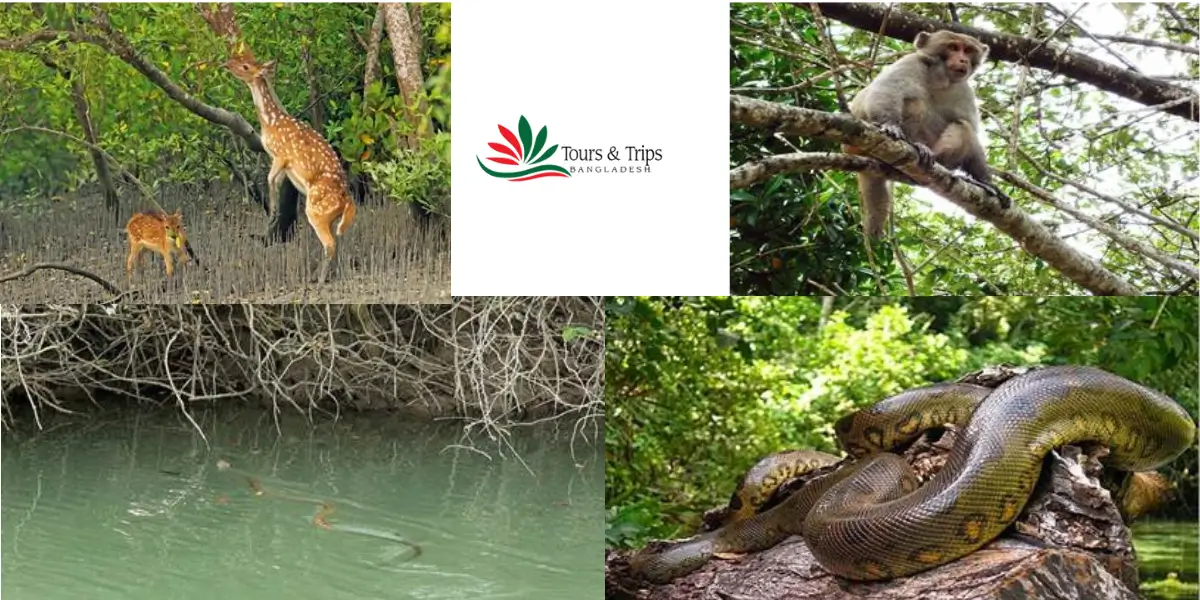
The forest provides natural protection against tropical cyclones and storm surges, which frequently affect Bangladesh’s coastal regions. The complex root systems of mangroves help reduce wave energy and prevent coastal erosion, protecting millions of inhabitants in surrounding areas.
The mangrove ecosystem naturally filters water, trapping sediments and pollutants before they reach the ocean. This process helps maintain water quality and protects marine ecosystems in the Bay of Bengal.
The Sundarbans isn’t just an ecological treasure; it’s also vital to the local economy and culture:
Local communities depend on the forest for their livelihood through:

The Sundarbans attracts thousands of visitors annually, contributing significantly to Bangladesh’s tourism sector. Popular activities include:
Despite its importance, the Sundarbans faces numerous threats:
Rising sea levels and increasing salinity pose significant threats to the forest’s ecosystem. Changes in water chemistry affect mangrove growth and regeneration, while more frequent and intense storms threaten both wildlife and human settlements.
The forest faces pressure from:
Recognition of these challenges has led to various conservation initiatives:
The Sundarbans was declared a UNESCO World Heritage Site in 1997, acknowledging its outstanding universal value. This status has helped promote conservation efforts and international cooperation in protecting the forest.
The Bangladesh Forest Department implements various management strategies:
Ensuring the Sundarbans’ survival requires a balanced approach between conservation and sustainable use. Key strategies include:
Involving local communities in conservation efforts through:
Ongoing research helps understand and protect the ecosystem:
The Sundarbans Forest represents one of the world’s most remarkable natural treasures, combining ecological significance with cultural and economic importance. As climate change and human activities continue to pose challenges, the preservation of this unique ecosystem becomes increasingly crucial. Through continued conservation efforts, community engagement, and sustainable management practices, this natural wonder can continue to thrive for future generations.
The survival of the Sundarbans is not just a local concern but a global imperative, as its preservation contributes to biodiversity conservation, climate change mitigation, and the protection of traditional ways of life. As we face increasing environmental challenges, the Sundarbans stands as a testament to the importance of preserving our natural heritage and finding sustainable ways to coexist with nature.
